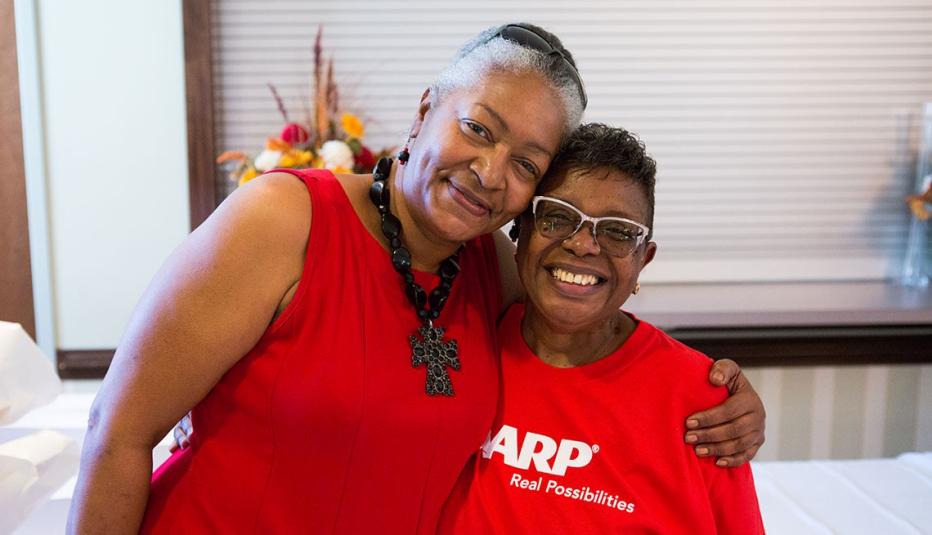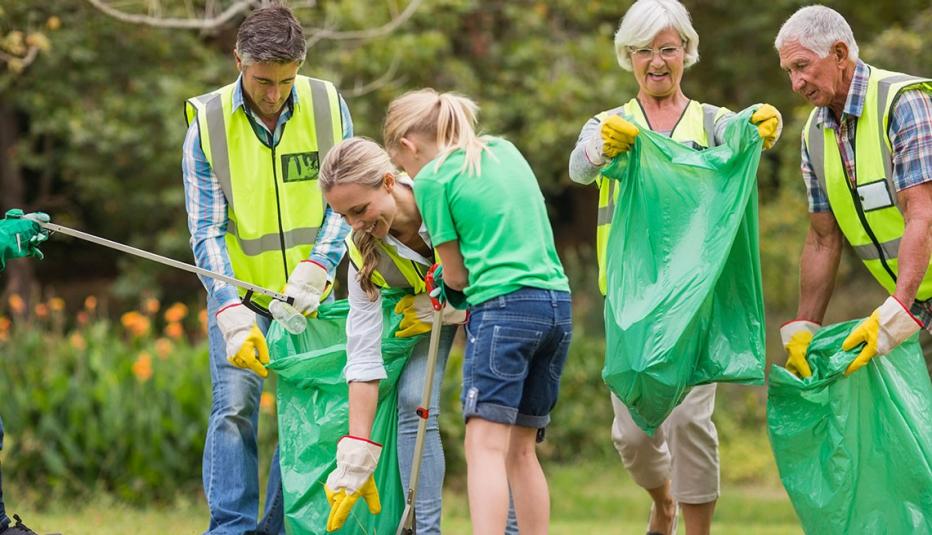AARP Hearing Center


How Giving Back is Evolving
Americans are redefining volunteerism and what it means to give back as they seek to make a difference in their communities and themselves, according to a new AARP survey.
One-third (32 percent) of adults 18 and older say they are very likely to volunteer in 2019, with those between 35 and 49 years old (40 percent) reporting the highest likelihood of giving back, according to the online survey.
Yet, one in four adults who freely give their time don’t self-identify as volunteers. Include them, and the number of people who volunteer without pay in some form jumps to nearly seven in ten adults (69 percent), according to the survey.
Informal Volunteerism
This reporting discrepancy exposes a disconnect between how Americans define volunteerism and the true level of generosity they share within their communities. It also suggests an opportunity to reimagine ways to foster more volunteerism through nontraditional forms that leverage technology and create more flexibility for people who want to give back.
Roughly half of adults participate in “informal volunteering,” consisting of activities like watching a neighbor’s pet, cooking a meal for someone, or lending some other kind of unpaid help without the coordination of an overarching organization.
The number of those participating in informal volunteerism is equal to those who participate in more formal volunteering opportunities arranged by nonprofit organizations, including charities, schools, hospitals, religious organizations, and civic groups, the survey found. Furthermore, 33 percent of adults engage in both formal and informal volunteerism, according to the survey results.
Time Constraints
Limited time is the biggest barrier to volunteering, with personal family obligations (22 percent) and work demands (25 percent) cited as the most frequent hindrances.
With 32 percent reporting weekly engagement in volunteerism, adults 65 and older give the most time, spending on average 9.6 hours a month. But the youngest adults (18–34) give nearly as much time, averaging 8.9 hours a month. Younger adults, however, volunteer less frequently each week and month, meaning they are giving more hours at once.
There is room to get creative in helping busy adults find time for volunteering, the survey found. More than half of adults (52 percent) were very or somewhat interested in volunteering from home. Similarly, 52 percent were interested in volunteering small increments of time.
Technology offers pathways to match volunteers with opportunities, especially among adults 18–34 years old. Engaging with charities online and through volunteering apps are especially appealing among younger adults, with 48 percent of 18–34 year-olds interested in volunteering virtually anywhere at any time. “Voluntourism” is another form of giving back with its popularity driven by younger age groups.
Personal Growth
When someone is connected to a cause or experiences a personal benefit, they are more likely to volunteer. Nearly 1 in 4 formal volunteers (23 percent) started volunteering with an organization because someone they knew was already involved.
Religious organizations (29 percent) and local community or neighborhood groups (23 percent) garner the most volunteer support among formal organizations.
Personal connections are not the only motivating factor, especially among those under 50 years old. Not surprisingly, younger adults under age 35 are especially interested in seeking new skills that can transfer to the workplace and build their careers, with half looking for such professional development opportunities, compared to 32 percent of adults overall.
The most important social issue areas were health care (42 percent), poverty (35 percent), and education (32 percent), although preference differences emerged among various age groups. Older Americans most value causes related to health care, veterans’ affairs, crime and criminal justice, national security, and immigration, while younger generations show more concern over climate change and student loans.
Charitable Donations
When it comes to giving back financially, older Americans are far more likely to make monetary donations to charities than adults under 65 (72 percent vs. 55 percent for the total population). And older adults are more likely to donate more, giving more than $1,200 annually versus about $800 for the total population.
Among alternative charity methods, Americans are most likely to donate belongings, with 42 percent reporting they have done so.
See Also
To see how data from this study can help brands reframe aging, check out our data story, Is Your Brand Missing Out on the 50+ Market?
Methodology
The AARP 20-minute online survey was conducted among 1,522 adults ages 18 and older between August 27 and September 6, 2018.
For more information, please contact Vicki Levy at vlevy@aarp.org. For media inquiries, please contact media@aarp.org.































































